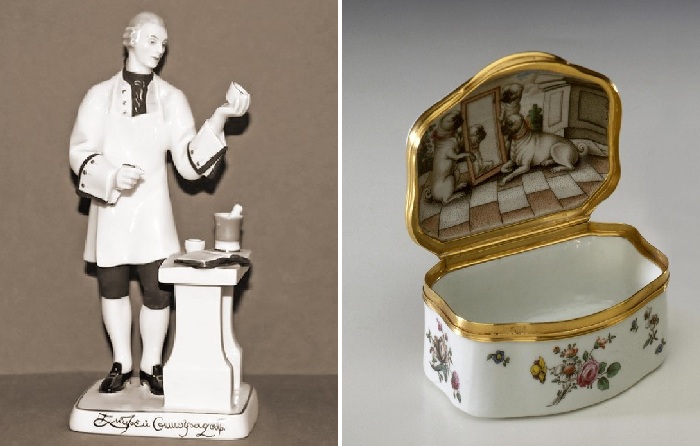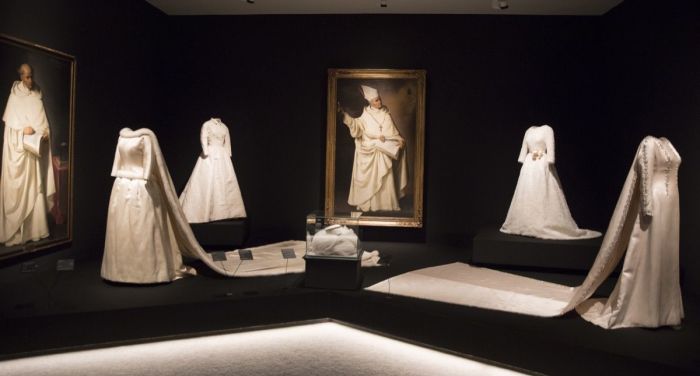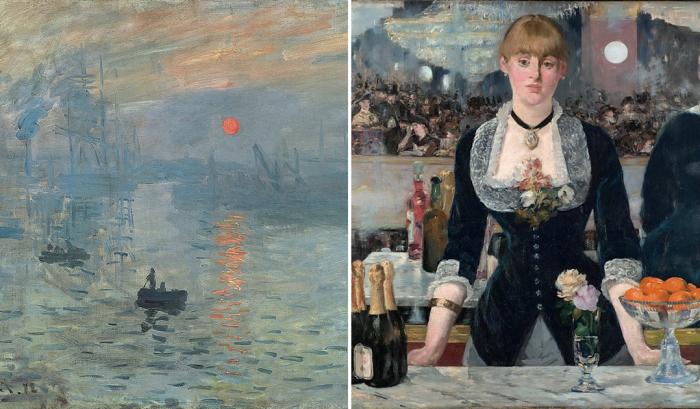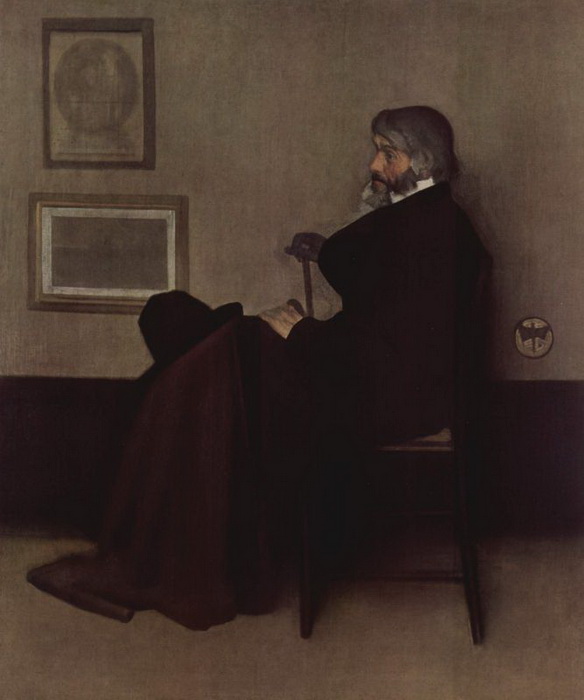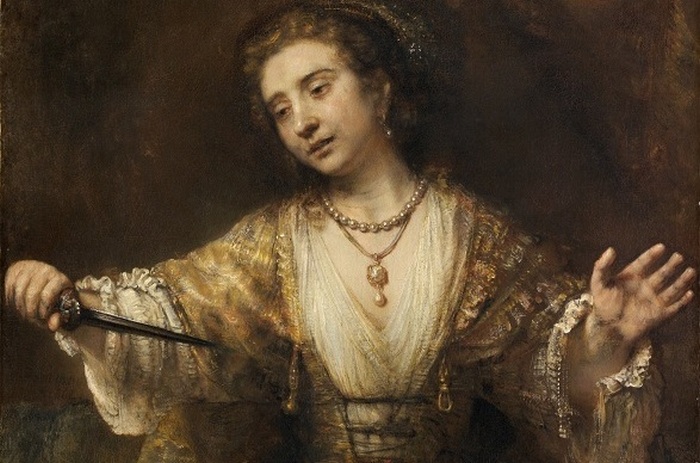with clouds
What is the secret of the paintings of Giuseppe Arcimboldo, which inspired Dali and other surrealists of the XX century
 Fantastic talent and eccentric portraits made Giuseppe Arcimboldo, one of the strangest Renaissance artists, world famous. His compositions of portraits of flowers, fruits, leaves, fish and books are unique in their kind. The amazing canvases of Arcimboldo show wit and irony. It was thanks to his figurative representations that Archimboldo became one of the inspirers for the surrealists of the 20th century.
Fantastic talent and eccentric portraits made Giuseppe Arcimboldo, one of the strangest Renaissance artists, world famous. His compositions of portraits of flowers, fruits, leaves, fish and books are unique in their kind. The amazing canvases of Arcimboldo show wit and irony. It was thanks to his figurative representations that Archimboldo became one of the inspirers for the surrealists of the 20th century.
The Spanish artist Salvador Dali (1904-1989) is one of those who appreciated the works of the Milanese master most of all for their unusual metaphorical and fantastic character. He interpreted several of the motives of the Renaissance master in his own works. When Dali paints objects that are stretched, laid out or transformed, he supports the tradition begun by Arcimboldo. Continue reading
What butterflies meant in the paintings of world famous artists
 Butterfly and moth are one of the main symbols in art and a significant number of major artists include this image in their canvases. It is noteworthy that the butterfly in most allegorical phenomena is considered a symbol of the soul, immortality, rebirth and resurrection. Traditionally, people saw in this insect the ability to transform, transform as they were born, and transform from worldly caterpillars to a winged celestial being. In addition, the butterfly is a type of the Mother of God.
Butterfly and moth are one of the main symbols in art and a significant number of major artists include this image in their canvases. It is noteworthy that the butterfly in most allegorical phenomena is considered a symbol of the soul, immortality, rebirth and resurrection. Traditionally, people saw in this insect the ability to transform, transform as they were born, and transform from worldly caterpillars to a winged celestial being. In addition, the butterfly is a type of the Mother of God.
Winslow Homer
When an illustration or painting is intended to convey a fabulous or heavenly quality, artists usually include several butterflies in their work. This is what the American artist and graphic artist Winslow Homer did, actively using butterflies in his paintings, for example, on the canvas Girl with Butterflies, Fish and Butterflies, etc. Continue reading
Symbolism of the most mysterious stone: Women with pearls in the paintings of famous artists
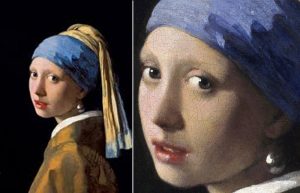 The dual nature of pearls has inspired artists at all times: pearls have been used for centuries as attributes of vanity, purity, innocence and even generosity. According to the National Gallery of Art, “symbolically, pearls were associated with vanity and worldly cares. Titian, for example, dyed Venus’s hair adorned with pearls. They can also represent purity, as can be seen from Lorenzo Lotto’s painting of St. Catherine.”
The dual nature of pearls has inspired artists at all times: pearls have been used for centuries as attributes of vanity, purity, innocence and even generosity. According to the National Gallery of Art, “symbolically, pearls were associated with vanity and worldly cares. Titian, for example, dyed Venus’s hair adorned with pearls. They can also represent purity, as can be seen from Lorenzo Lotto’s painting of St. Catherine.”
In 17th-century Dutch painting, pearls are depicted in earrings, necklaces and bracelets of heroines in portraits, historical paintings and vanitas objects. Perhaps the most famous painting with pearls is rightfully considered the “Girl with a Pearl Earring” by Jan Vermeer.
Jan Vermeer “Girl with a Pearl Earring” Continue reading
